High hopes
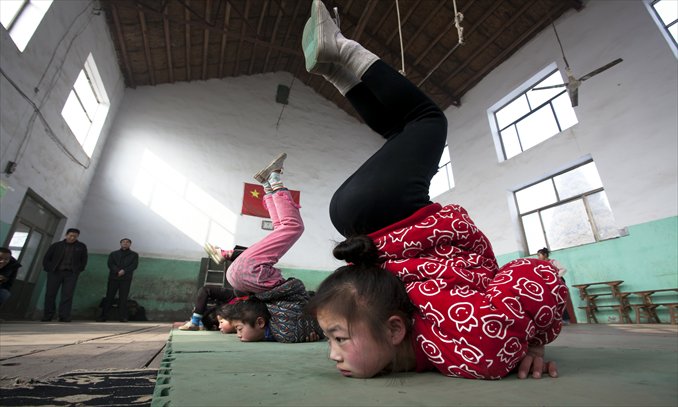
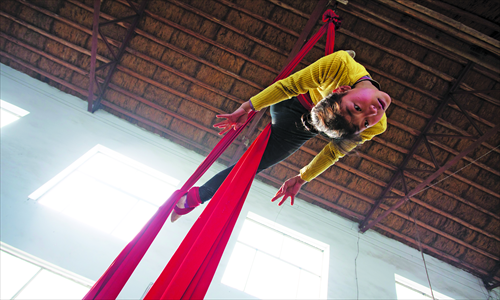
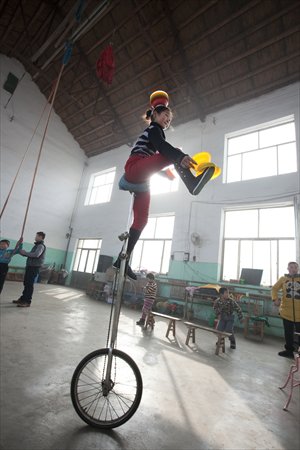
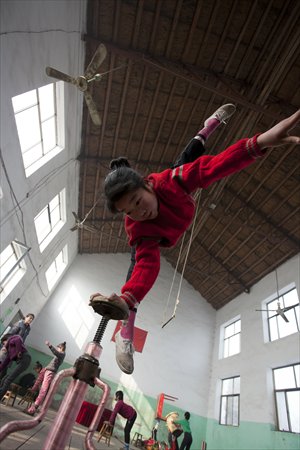
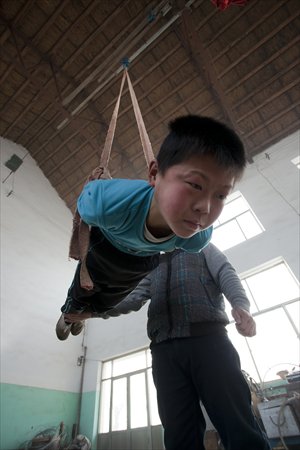
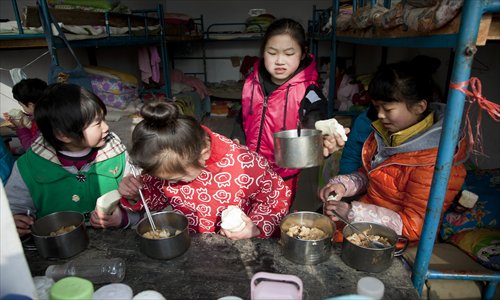
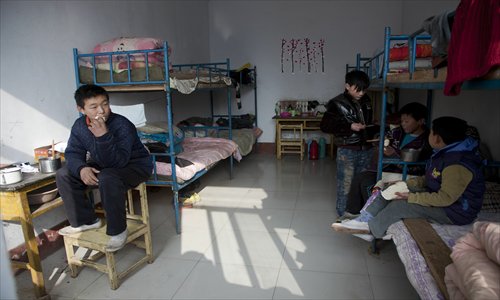
In a shabby but bright acrobatics school in Ningjin county, northwestern Shandong Province, dozens of children around 10 years old are practising basic skills such as handstands, splits and somersaults. Despite a few steam heating pipes, the children still have to wear thick cotton coats or sweaters to keep warm while practising.
Ningjin Acrobatics Arts School, though it lacks any gorgeous structures or advanced facilities, is notable for its history. Originally established in 1958, the school has trained about 2,000 acrobats, out of which 50 have performed overseas and over 20 won domestic or international awards.
Ningjin is also a birthplace of Chinese acrobatics, but it's much less recognized than its neighbor Wuqiao in Hebei Province. Both sites were under one administrative region for many centuries but were divided during redistricting in 1964.
In December 2011, both counties were listed as Hometowns of Chinese Folk Culture and Arts for acrobatics by the Ministry of Culture. However, due to better development and management, Wuqiao has become much more popular and draws an increasing number of tourists, and the money.
The school receives subsidies from the local government, but is still struggling to survive with the sources of students decreasing. The number of students reached 70 at its peak, but there were sometimes only 13 or 14.
One reason is that fewer parents have chosen to send their kids to study the art form. In their eyes, acrobatics is much less creditable than martial arts or gymnastics. Most students in the school come from poor rural families or are left-behind children of migrant workers.
Saving two or three hours of regular schooling every day, the kids spend most time practising skills. The tuition is free, and they only need to pay 2,500 yuan ($402) a year for their accommodation and food.
In recent years, the Ningjin authorities have also tightened their measures to revive acrobatics. According to the latest plan, it is looking for social funds of 15 million yuan to expand and improve the school and let it accommodate up to 1,200 students, in addition to 15 million yuan from the local public finance.
When asked about their dreams, the kids in the school gave different answers, such as earning money to buy delicious food, going to provincial-level acrobatics troupe and performing overseas. But the answers of the teachers were nearly identical: we hope the Ningjin school can become famous outside Shandong and be praised nationwide.
Global Times